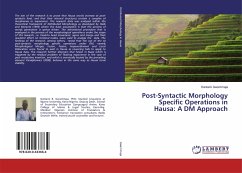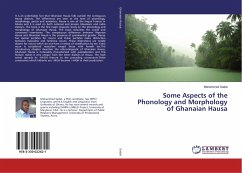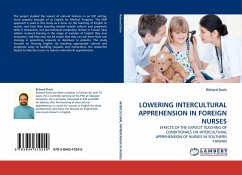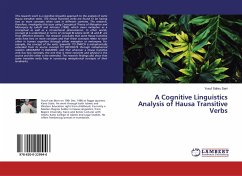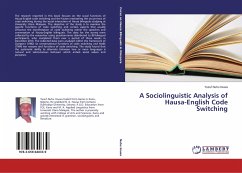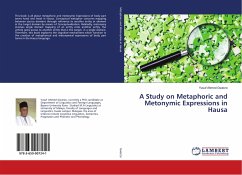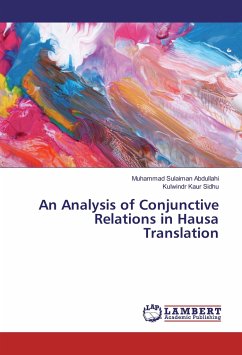The aim of the research is to prove that Hausa words increase at post-syntactic level, and that their internal structures contain a complex of morphemes or exponence. The research data was analysed within the theoretical framework of Distributed Morphology as developed by Halle and Marantz (1993) where the basic assumption is that the process of words generation is syntax driven. The derivational procedure that is employed in the process of the morphological operations under the scope of this research, i.e. head-to head movement, agree and merge and their resultant effect on terminal nodes, were used to analyse the data. The findings of the research, among others, reveal that five out of the six post-syntactic morphology specific operations under DM, namely Morphological Merger, Fusion, Fission, Impoverishment and Local Dislocation were found to exist in Hausa as Lowering fails to apply to Hausa data. The research further discovers that fusion in Nupe which is triggered by the residual problem of floating exponence in the case of post vocabulary insertion, and which is eventually hosted by the preceding element Kandybowicz (2008), behaves in the same way as Hausa tonal stability.
Bitte wählen Sie Ihr Anliegen aus.
Rechnungen
Retourenschein anfordern
Bestellstatus
Storno

